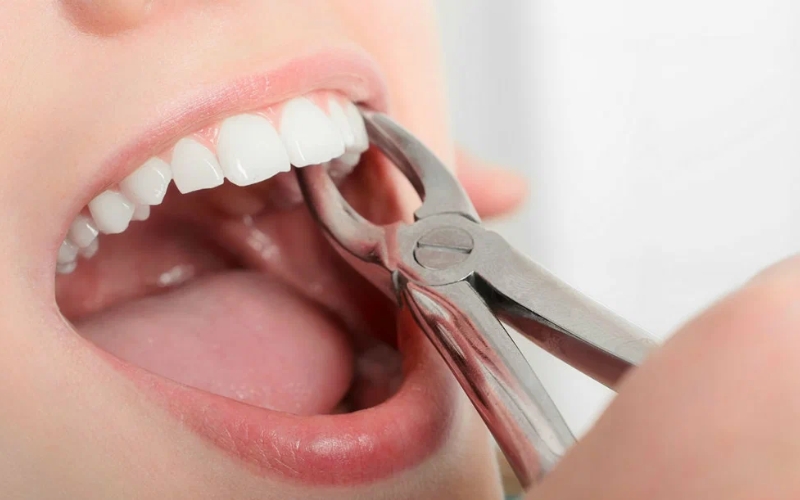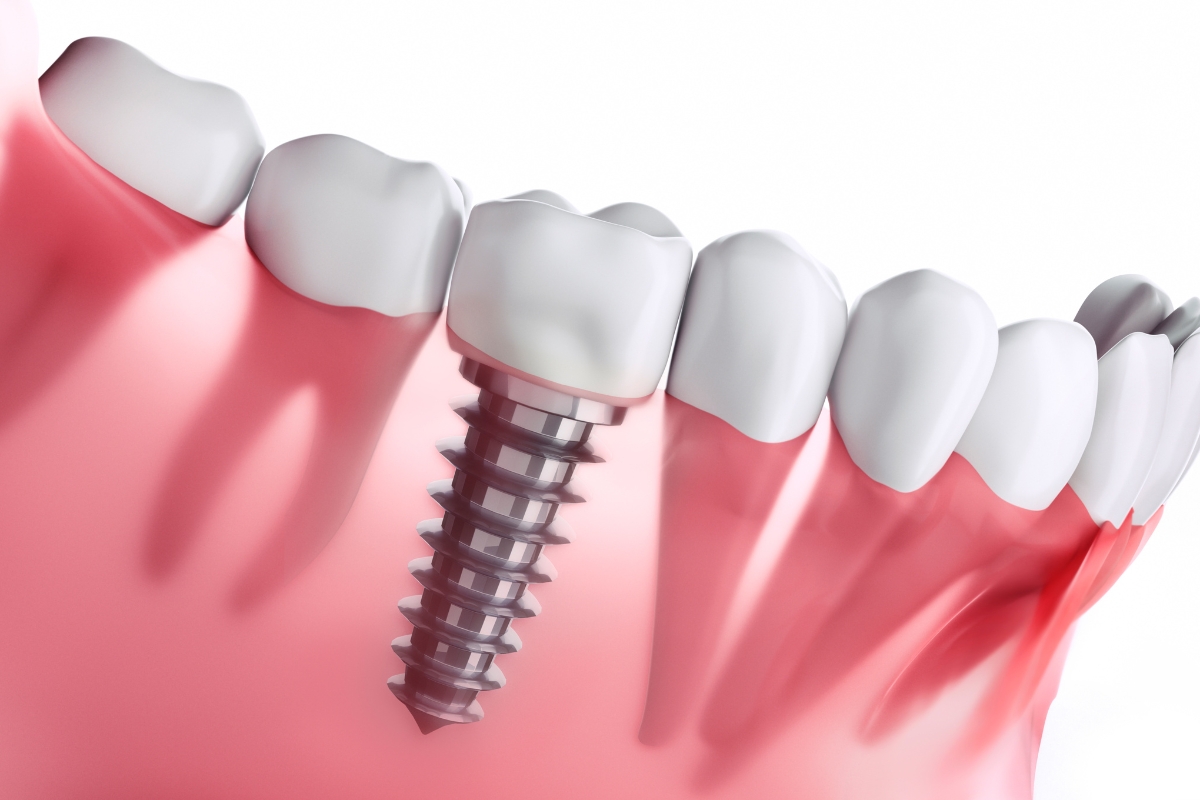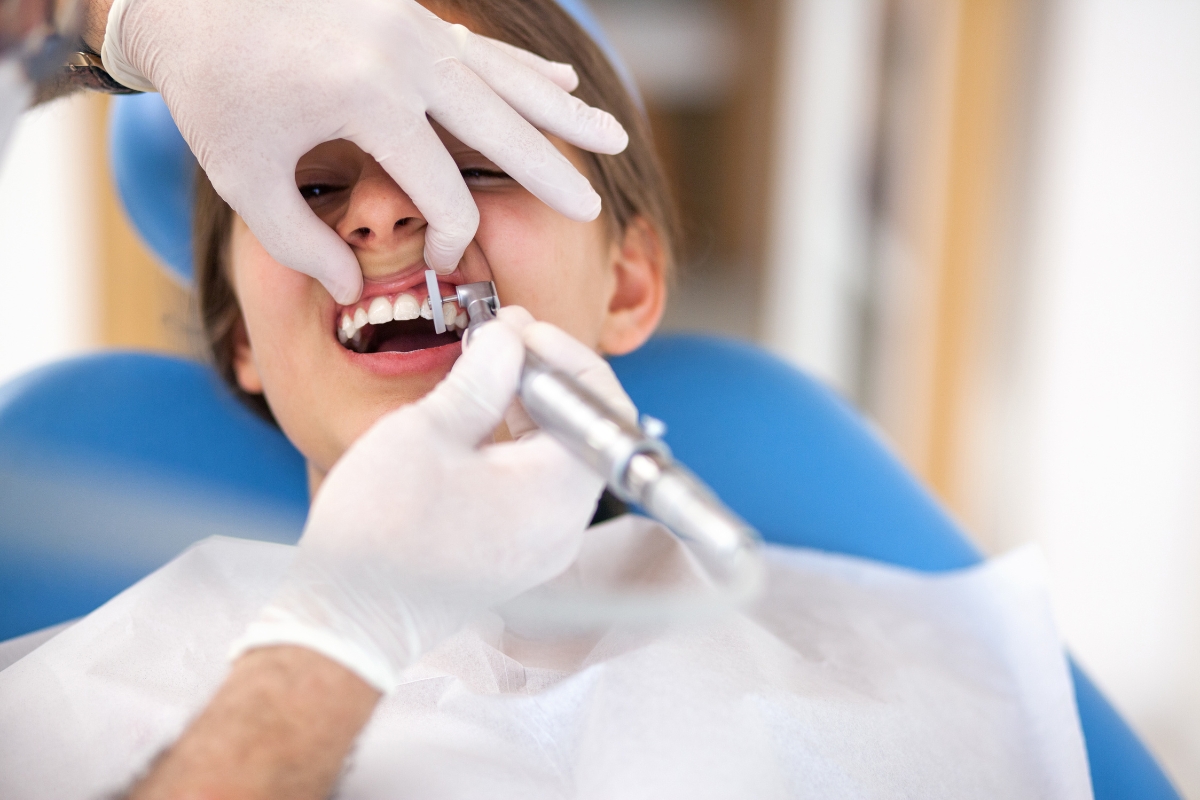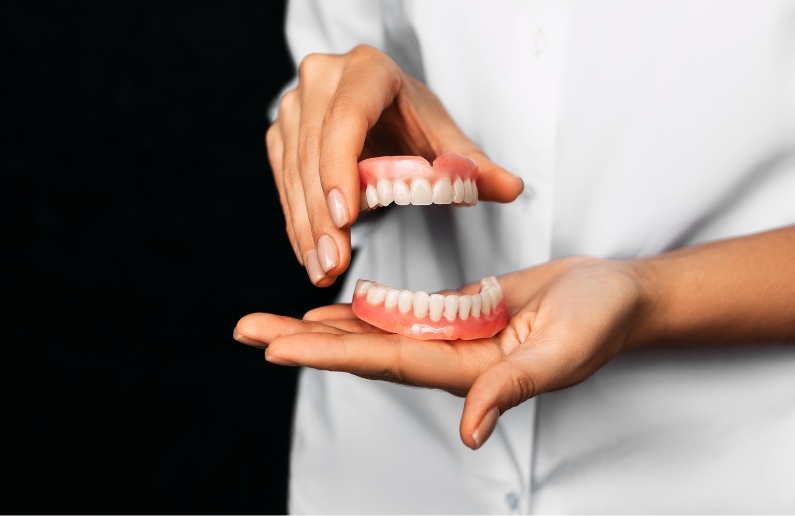
Is Tooth Extraction Painful? Modern Pain Management Options
October 16, 2024
Tooth Extractions
Tooth extraction can feel intimidating, often evoking fears of discomfort or pain. However, thanks to advancements in modern dentistry, the procedure has become much more comfortable and efficient.
Whether it’s removing a severely decayed tooth, addressing impacted wisdom teeth, or creating space for orthodontic treatments, tooth extractions today are performed with patient comfort as a top priority.
In this blog, we’ll address common concerns about tooth extractions, explore pain management techniques, and highlight what modern dentistry has to offer for a pain-free experience.
Why Are Tooth Extractions Necessary?
Tooth extractions are typically performed when a tooth cannot be saved or poses a risk to your oral health.
Common Reasons for Extraction:
- Severe tooth decay or infection.
- Impacted wisdom teeth.
- Overcrowded teeth requiring orthodontic correction.
- Periodontal (gum) disease causes loosening of teeth.
- Broken teeth that cannot be repaired.
Understanding the necessity of extraction helps alleviate some of the anxiety, as it’s often a crucial step toward better oral health.
Does Tooth Extraction Hurt? Addressing The Fear
The fear of pain is one of the most common reasons people avoid tooth extractions. However, modern dentistry has revolutionized the experience.
1. Pain During The Procedure
With the use of local anesthesia, the extraction site is completely numbed, ensuring that you feel no pain during the procedure. You may feel slight pressure or movement, but it’s not uncomfortable.
2. Post-Extraction Discomfort
Mild discomfort is normal after the numbness wears off, but it is manageable with prescribed medications and proper care. Healing time varies depending on the complexity of the extraction.
Modern Pain Management Techniques
1. Local Anesthesia
Local anesthesia is the primary method used to numb the area around the tooth. This ensures a pain-free experience during the procedure.
2. Sedation Dentistry
Sedation options help relax anxious patients and provide additional comfort:
- Nitrous Oxide (Laughing Gas): Keeps you calm while remaining awake.
- Oral Sedation: A pill taken before the procedure to reduce anxiety.
- IV Sedation: Provides deeper relaxation for complex cases.
3. Advanced Tools and Techniques
Modern equipment minimizes trauma to the surrounding tissues, reducing discomfort and speeding up recovery. For example:
- Laser-assisted Extractions: Offer precision and minimal bleeding.
- Piezosurgery: Uses ultrasonic vibrations to remove teeth gently without damaging nearby structures.
4. Post-Procedure Pain Management
Doctors provide detailed aftercare instructions and recommend over-the-counter or prescription painkillers, along with ice packs, to control swelling and pain.
What Should You Expect During a Tooth Extraction?
Step 1: Consultation and Planning
The professionals will evaluate your tooth through X-rays and determine the best approach for extraction.
Step 2: The Procedure
- Simple Extraction: For visible teeth, loosen the tooth with an elevator and remove it using forceps.
- Surgical Extraction: A small incision is made in the gum for impacted or broken teeth, and the tooth may be sectioned for easier removal.
Step 3: Aftercare Instructions
Proper aftercare is essential to ensure a smooth recovery and prevent complications like dry socket.
Aftercare Tips for a Smooth Recovery
- Follow Dentist’s Instructions: Take prescribed medications and attend follow-up appointments.
- Apply Ice Packs: Reduce swelling by applying ice to the cheek for 15-minute intervals.
- Avoid Strenuous Activities: Rest for at least 24 hours post-extraction.
- Stick to a Soft Diet: Eat soft foods like soups, mashed potatoes, or yogurt.
- Avoid Smoking or Straws: These can dislodge the blood clot, leading to a dry socket.
- Maintain Oral Hygiene: Gently rinse your mouth with warm salt water after 24 hours to keep the area clean.
Benefits of Modern Dentistry for Tooth Extractions
1. Reduced Pain and Anxiety
With advanced anesthetics and sedation techniques, pain and fear are minimized.
2. Faster Recovery Times
Minimally invasive methods result in less trauma to surrounding tissues, ensuring quicker healing.
3. Precision and Safety
Innovative tools, such as lasers and ultrasonic devices, make extractions more accurate and reduce complications.
4. Enhanced Patient Experience
From personalized treatment plans to comforting sedation options, modern dentistry prioritizes patient comfort.
Debunking Myths About This Dental Procedure
1. Myth: Tooth Extractions Are Extremely Painful
Fact: With proper anesthesia, you won’t feel pain during the procedure. Post-extraction discomfort is manageable with medication and care.
2. Myth: Recovery Takes Weeks
Fact: Most patients recover within a few days, with swelling and discomfort subsiding significantly in the first 48 hours.
3. Myth: Extractions Are Only for Wisdom Teeth
Fact: Teeth may need extraction for various reasons, including decay, overcrowding, or gum disease.
When To Call Our Doctor?
While extractions are generally safe, you should contact our dentists if you go through:
- Severe pain that doesn’t improve with medication
- Excessive bleeding or swelling after 24 hours
- Signs of infection, such as fever or pus at the extraction site
Early intervention prevents complications and ensures proper healing.
Tooth Extraction Doesn’t Have to Be Scary!
The thought of tooth extraction may seem daunting, but with modern dentistry, it’s a safe and pain-free procedure. Advanced techniques, sedation options, and a focus on patient care ensure a comfortable experience from start to finish.
If you’ve been delaying a necessary extraction out of fear, rest assured that today’s dental innovations prioritize your comfort and healing. Take the first step toward a healthier smile by consulting with our dentist and addressing your dental concerns without delay.
Don’t let the fear of pain hold you back—modern dentistry is here to make extractions as smooth and painless as possible!
More Blog Posts

Celebrating Dr. Ashley Dawson: Honored as One of America’s 40 Under 40 Top Dentists for 2025

Your “Use-It-Lose-It” Checklist: Getting the Most Value from Your Dental Plan

Maintaining Your Dental Implants: A Long-Term Care Guide

The Dawson Modern Dentistry Guide for Seniors in Matthews: What to Do in a Dental Emergency


